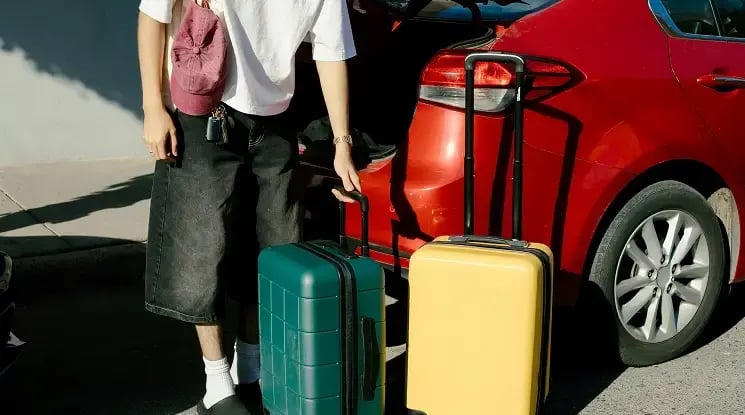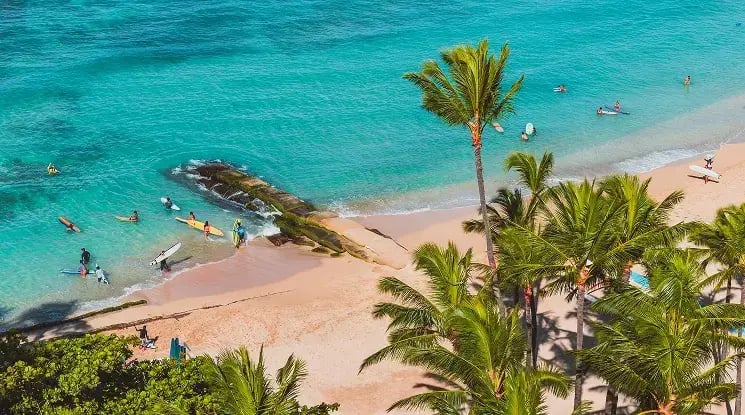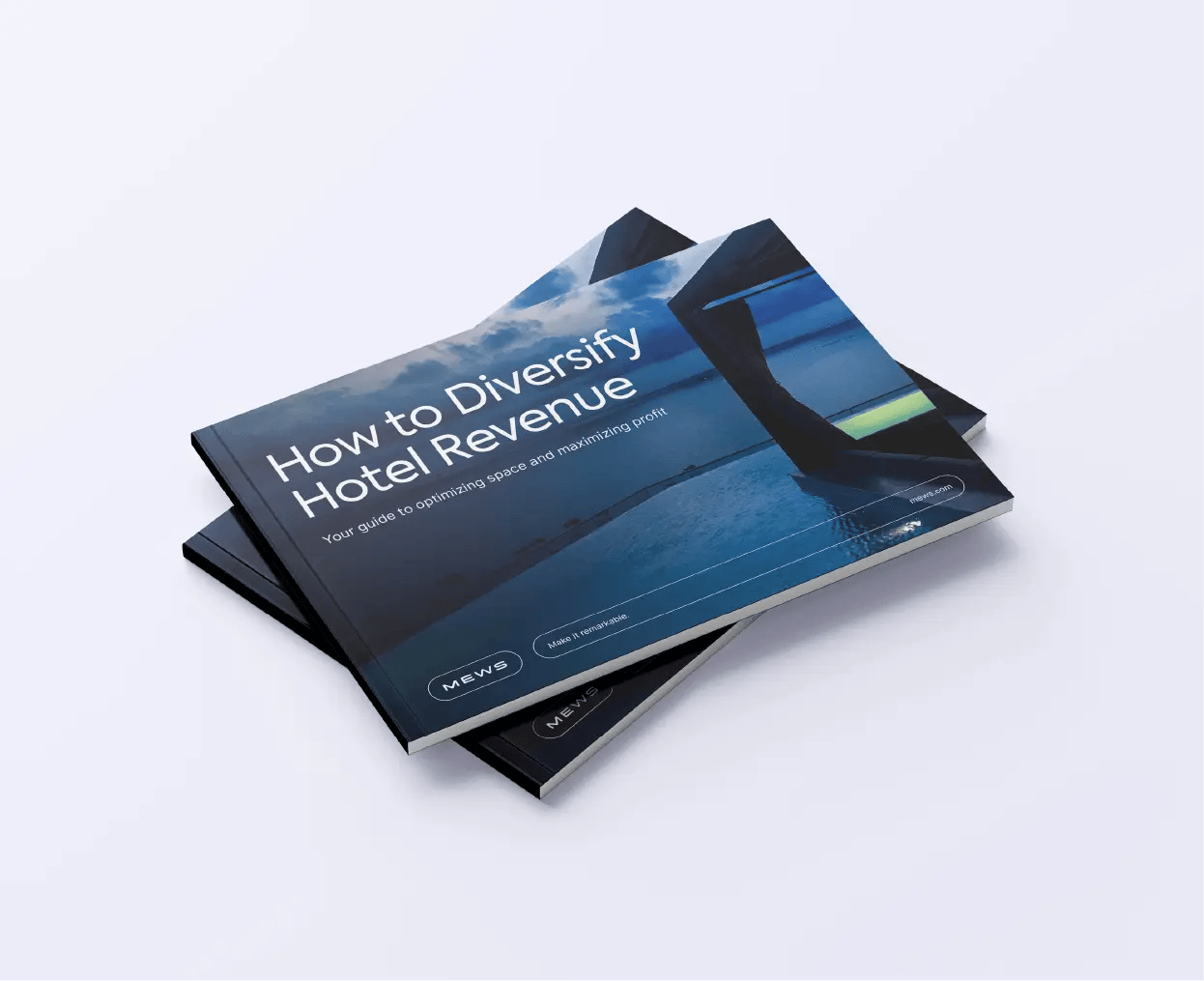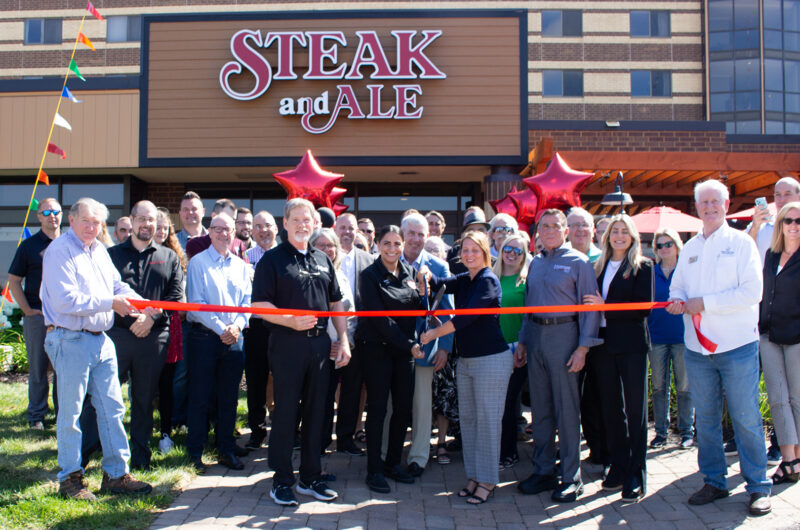What is shoulder season?
In the travel industry, shoulder season is that sweet spot between high and low seasons. Think spring before summer hits, or early autumn just after the back-to-school rush. The weather? Generally great. The crowds? Manageable. And the opportunity for hotels? Huge.
For guests, it’s a chance to take advantage of smaller crowds and lower prices, and travel without the peak season chaos. For hotels, it’s a golden window to deliver standout service, build loyalty, and make every booking count.
What’s the difference between off-peak season and shoulder season?
It’s easy to confuse the two, but here’s the breakdown:
- Off-peak season is the quietest time of year. Think fewer guests, lower rates, and often limited local attractions or services.
- Shoulder season still offers good weather and open venues – just with less pressure than the peak period.
In short, shoulder season brings the best of both worlds: decent demand and a more relaxed operational pace.
When is shoulder season?
Shoulder season travel depends on the destination, but typically it is right before or after the busiest tourist season:
- Southern Europe (Italy, Greece, Spain): April-May and September-October
- Tropical destinations (Caribbean, Hawaii, Southeast Asia): May-June and October-November
- Japan: Mid-May to mid-June, post-cherry blossom
- US national parks: April-May and September-October
- New York & New England: Spring and early fall
Look beyond just weather. School holidays, major events and regional travel patterns all influence demand. Your hotel’s shoulder season is specific to your location, guest profile and market dynamics.
What factors contribute to shoulder season?
Several variables shape your hotel’s shoulder season:
- Weather: Still pleasant, but less predictable
- School calendars: Fewer families traveling
- Event timing: Big festivals or holidays have passed
- Pricing behavior: Guests actively looking for better value
These are often the months when travelers seek a more local, authentic experience and are more open to curated offers and meaningful interactions.
How to calculate your hotel’s shoulder season
Your shoulder season isn’t just a calendar guess, it’s a strategic data point.
To calculate yours, look at:
- Historical occupancy trends
- Local school and public holiday calendars
- Weather patterns
- Event and festival cycles
- Competitor pricing patterns
Once you’ve identified the window, use it to launch targeted campaigns, upsell and cross-sell smarter, and drive more value per guest without slashing rates.
Why is shoulder season the best time to travel?
Guests increasingly see shoulder season as the best time to explore. Here’s why and how hotels can capitalize on it.
1. Lower prices, better value
With demand below peak season levels, guests can find more competitive rates during shoulder season. For hoteliers, it’s less about discounting and more about packaging. Create bundles that add value, such as breakfast, parking, wellness access and use your revenue management system to adjust in real time.
2. Smaller crowds, bigger opportunity
Smaller crowds = more breathing room. That applies to attractions, restaurants and your hotel. It’s also the perfect time to increase personalization. With staff under less pressure, it’s easier to engage guests, make tailored recommendations, and build brand loyalty.
3. Mild weather means longer stays
Unlike peak season, shoulder season often brings the most comfortable conditions – not too hot, not too cold. Mild weather is ideal for sightseeing and local experiences. That said, weather can be unpredictable, so flexibility (and communication) is key when promoting seasonal packages.
7 tips to maximize your revenue during hotel shoulder season
To maximize your revenue during hotel shoulder season, there are several strategies you can implement.
1. Use dynamic pricing
With unpredictable demand, static rates won’t cut it. Use dynamic pricing to respond to real-time trends, competitor movement, and booking velocity. Reward early bookers, and be ready to shift as events or weather patterns change.
2. Target niche audiences
Digital nomads, retirees, and solo travelers are the guests most likely to travel in shoulder season. Customize your messaging and visuals accordingly. Highlight quiet spaces, co-working areas, cultural activities, and off-the-beaten-path experiences.
3. Offer more perceived value
Don’t race to the bottom. Instead of pure discounts, bundle services to boost perceived value: late check-out, free drinks, upgrades, or a spa voucher. These low-cost add-ons can justify a higher room rate and encourage guests to spend more on-site.
4. Partner with local businesses
From wine tastings to city tours, strategic local partnerships elevate your offering and increase guest spend. Create themed packages with restaurants, spas or activity providers and tailor them to your ideal shoulder season traveler.
5. Emphasize shoulder season benefits
Update your website, booking engine and email comms to highlight what makes this time of year special: fewer crowds, better rates, and a more personal experience. Guests don’t just want a deal, they want a reason to book now.
6. Adjust operations to match demand
Optimize staffing and reduce waste without compromising service. Focus housekeeping where rooms are occupied, scale back bar or restaurant hours, and cross-train staff for flexibility. Efficiency helps protect profit margins when occupancy is lower.
7. Invest in the right tech
A smart revenue management system lets you manage pricing, monitor demand, and adjust stay restrictions across properties – all in one place. Tools like Atomize also help you identify upsell potential, group pricing opportunities, and streamline campaign execution.
Want to see how Atomize RMS can help you make shoulder season your strongest season? Book a demo today.
Conclusion
Shoulder season isn’t downtime, it’s a high-impact growth period hiding in plain sight. With the right pricing, personalization, and partnerships, it’s your chance to turn quieter months into your most strategic ones.
The hotels that win in shoulder season? They’re not chasing volume – they’re delivering value.
Looking for extra ways to grow your revenue?
Download our guide “How to Diversify Hotel Revenue”



